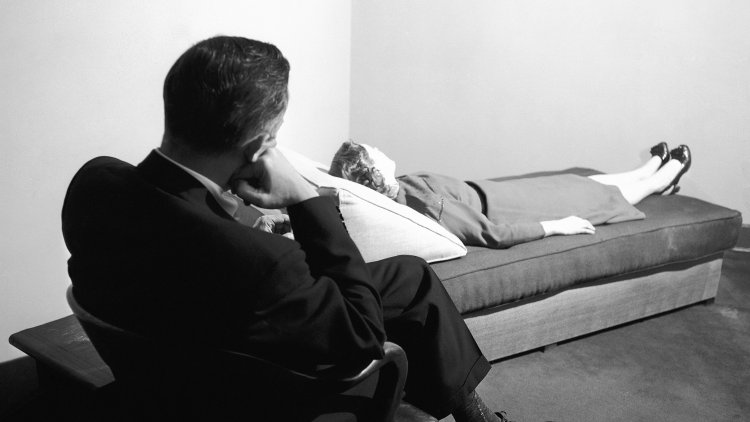What Therapy Is For
Exploring what the practice is capable of—and what it can’t actually solve—may help patients better understand what they’re seeking.

This is an edition of The Wonder Reader, a newsletter in which our editors recommend a set of stories to spark your curiosity and fill you with delight. Sign up here to get it every Saturday morning.
Is going to therapy akin to seeing a physical therapist, a temporary process used to work through an issue? Or is it more like going to the gym, a matter of consistent upkeep? My colleague Hanna Rosin posed that question to the psychiatrist Richard A. Friedman earlier this year, in response to his provocative argument that plenty of people could stand to quit therapy right now.
Now that therapy is destigmatized in the United States—as Hanna noted, many Americans now use the language of therapy in daily life (think: triggered, codependent, etc.)—patients and doctors alike are thinking more deeply about what the practice is really for. There’s no single answer. But exploring what therapy is capable of, and what it can’t actually solve, may help people better understand what they’re seeking when they walk into a therapist’s office.
On Therapy
Plenty of People Could Quit Therapy Right Now
By Richard A. Friedman
Except in rare cases, treatment shouldn’t last forever.
How America Became Addicted to Therapy
By Hanna Rosin
And lost its tolerance for everyday stress.
What It’s Like to Visit an Existential Therapist
By Faith Hill
It’s not meant to be comforting, but somehow it is.
Still Curious?
-
The quick therapy that actually works: Just a few hours of therapy-like interventions can reduce some people’s anxiety, Olga Khazan reported in 2019.
-
What’s the smallest amount of therapy that’s still effective?: Many people make meaningful emotional progress in just a handful of sessions.
Other Diversions
P.S.
I recently asked readers to share a photo of something that sparks their sense of awe in the world. Liz, 46, in Timonium, Maryland, shared “beautiful patterns in emerging spring leaves” earlier this month.
I’ll continue to share your responses in the coming weeks. If you’d like to share, reply to this email with a photo and a short description so we can share your wonder with fellow readers in a future edition of this newsletter or on our website. Please include your name (initials are okay), age, and location. By doing so, you agree that The Atlantic has permission to publish your photo and publicly attribute the response to you, including your first name and last initial, age, and/or location that you share with your submission.
— Isabel
What's Your Reaction?




















